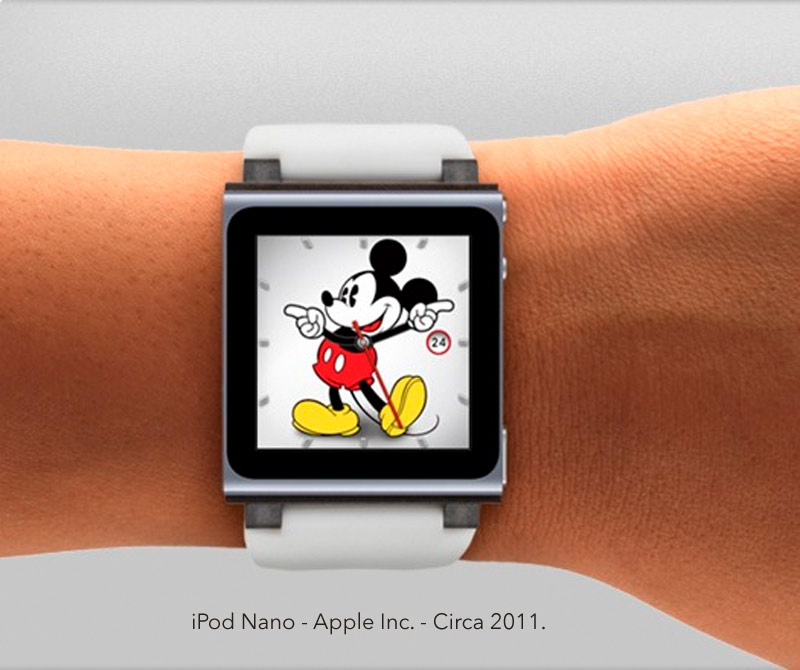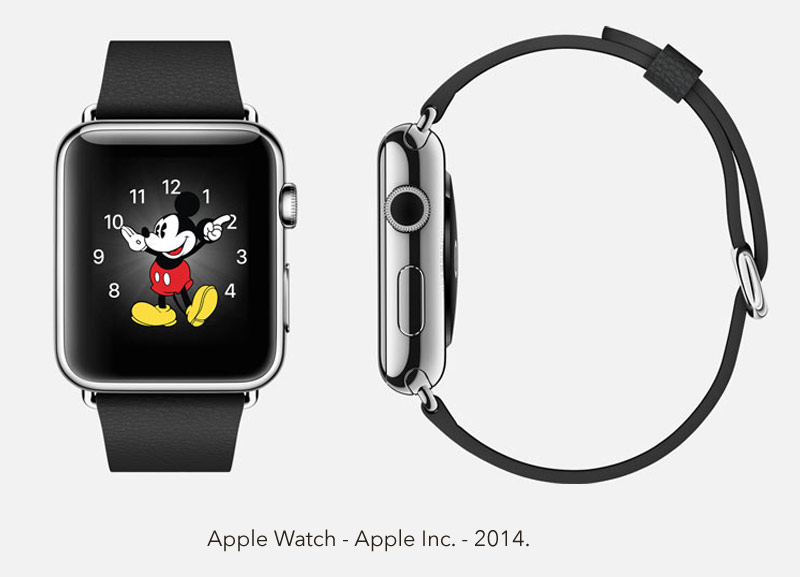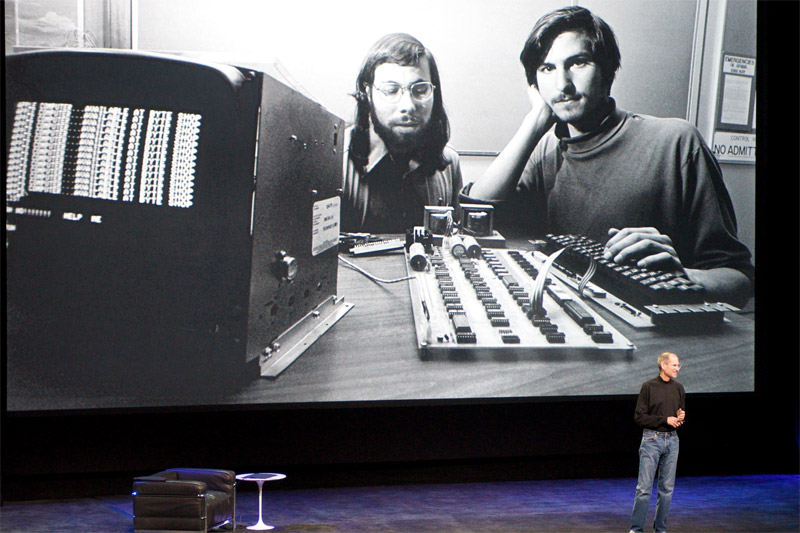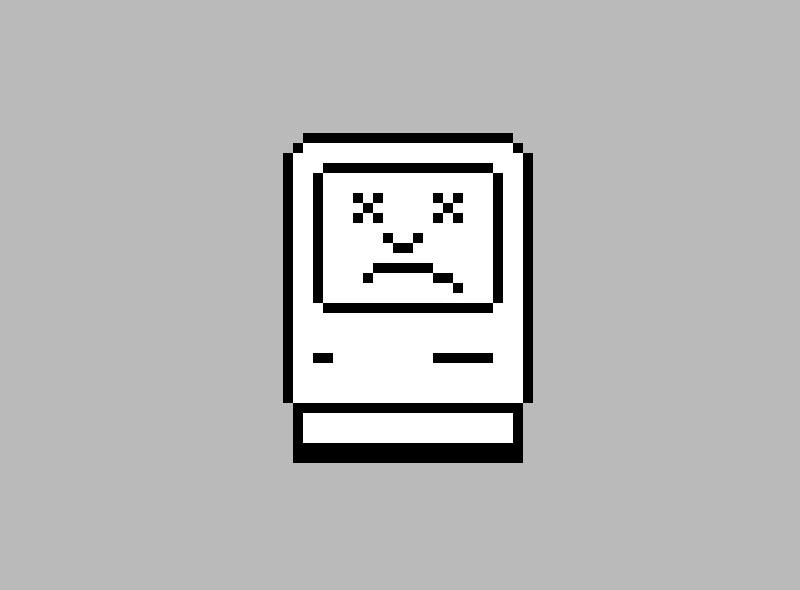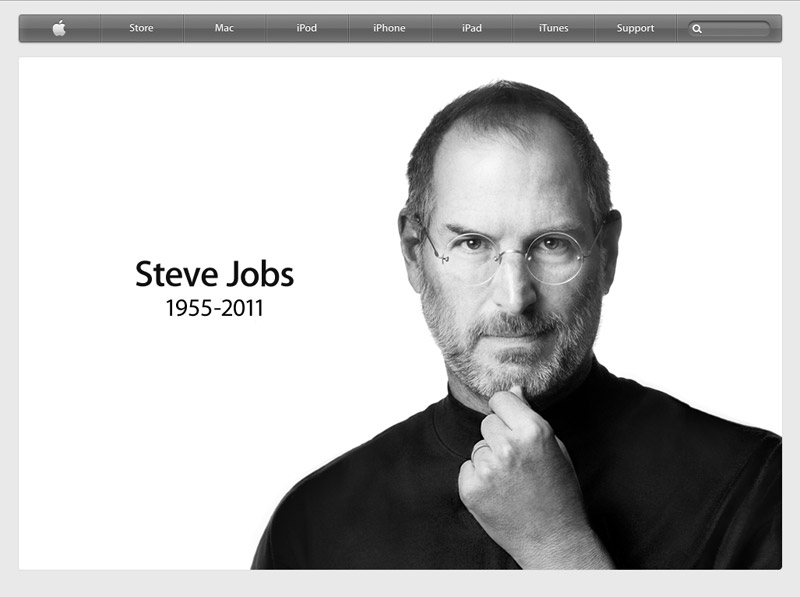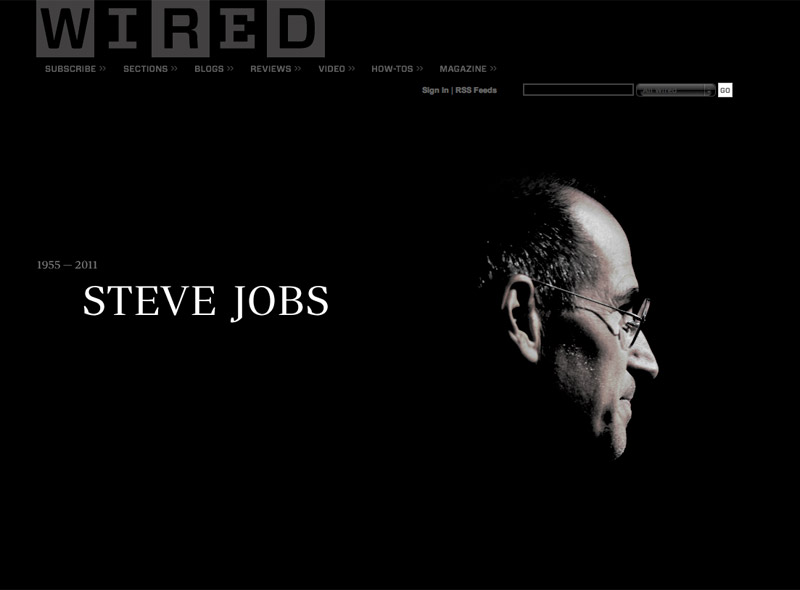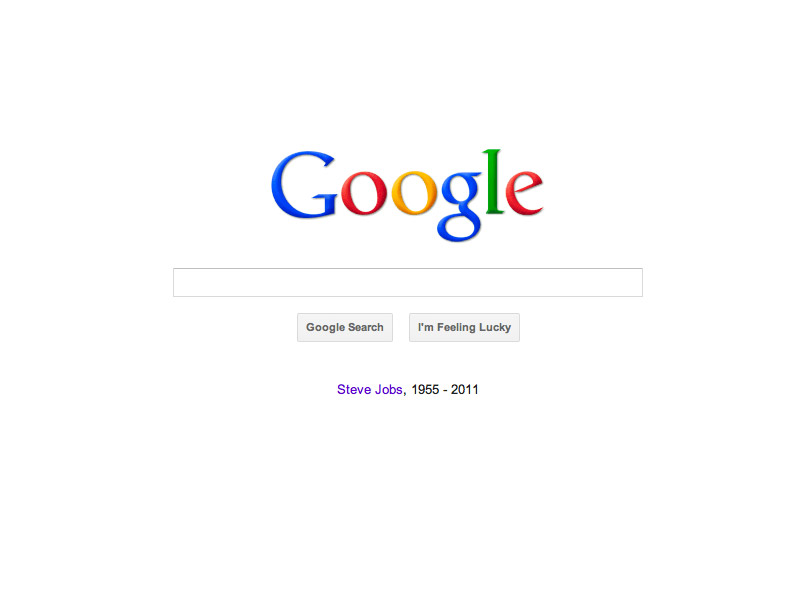[…] The way Jobs sees it, the stores look to be a sure thing. But even if they attain a measure of success, few outsiders think new stores, no matter how well-conceived, will get Apple back on the hot-growth path. Jobs’s focus on selling just a few consumer Macs has helped boost profits, but it is keeping Apple from exploring potential new markets. And his perfectionist attention to aesthetics has resulted in beautiful but pricey products with limited appeal outside the faithful: Apple’s market share is a measly 2.8%. “Apple’s problem is it still believes the way to grow is serving caviar in a world that seems pretty content with cheese and crackers,” gripes former Chief Financial Officer Joseph Graziano.
Rather than unveil a Velveeta Mac, Jobs thinks he can do a better job than experienced retailers at moving the beluga. Problem is, the numbers don’t add up. Given the decision to set up shop in high-rent districts in Manhattan, Boston, Chicago, and Jobs’s hometown of Palo Alto, Calif., the leases for Apple’s stores could cost $1.2 million a year each, says David A. Goldstein, president of researcher Channel Marketing Corp. Since PC retailing gross margins are normally 10% or less, Apple would have to sell $12 million a year per store to pay for the space. Gateway does about $8 million annually at each of its Country Stores. Then there’s the cost of construction, hiring experienced staff. “I give them two years before they’re turning out the lights on a very painful and expensive mistake,” says Goldstein.
Business Week, Cliff Edwards, may 2001: “Sorry, Steve: Here’s Why Apple Stores Won’t Work.”
